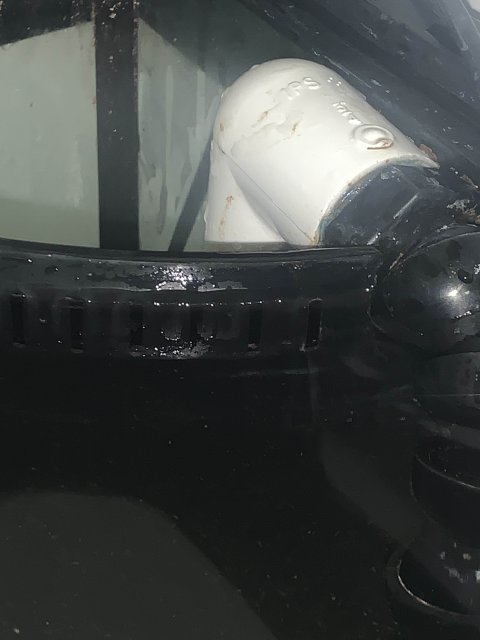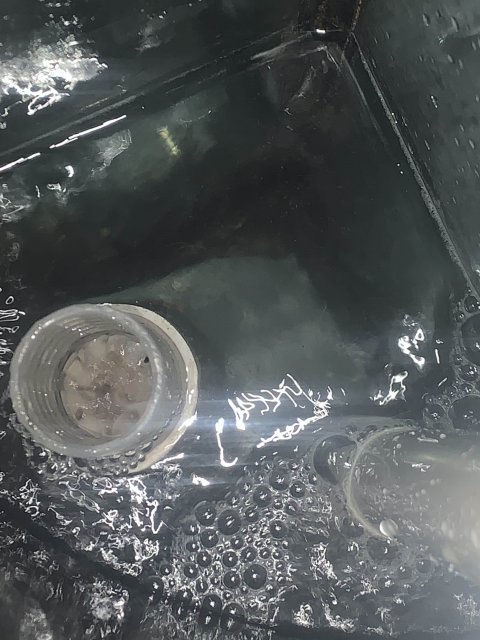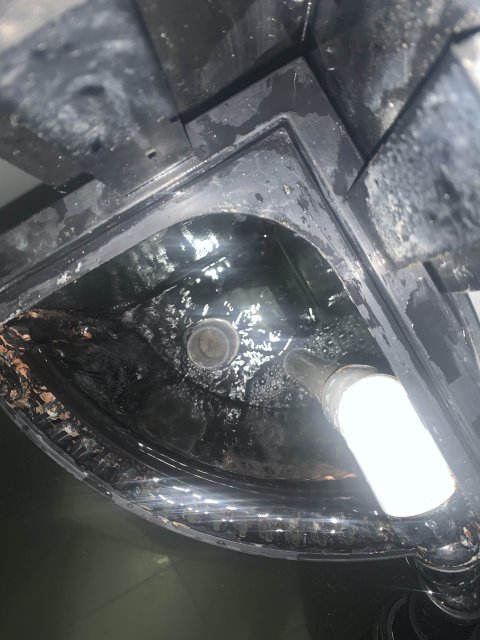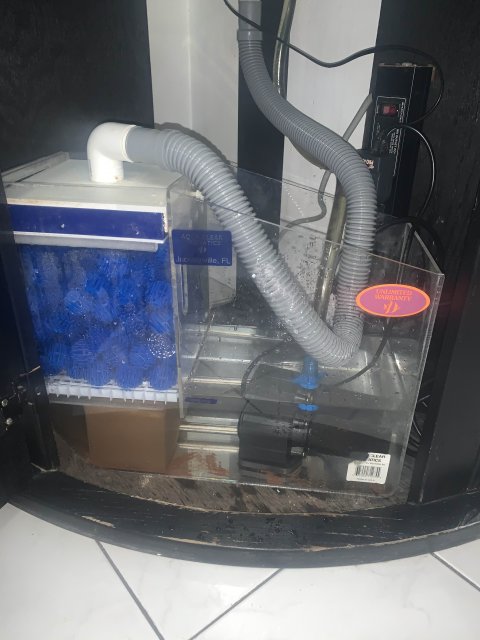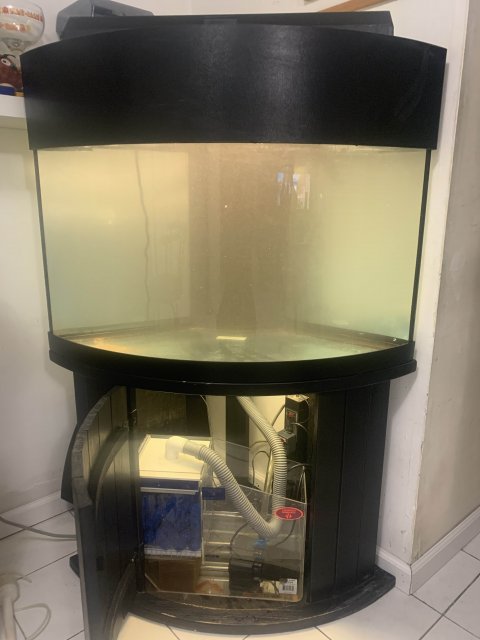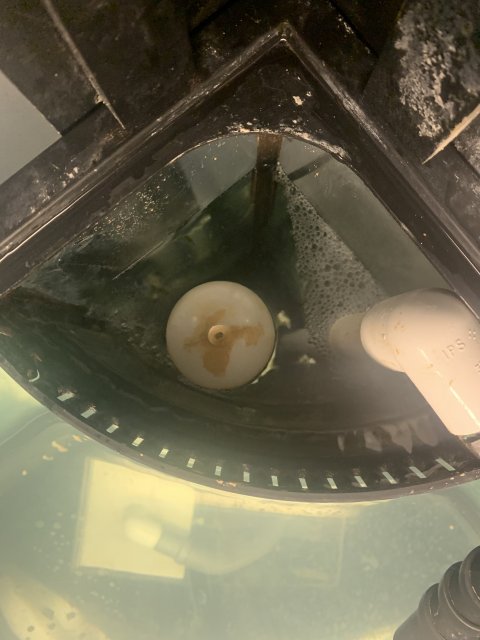The heater piece with a suction cup is a temperature probe, used to control the heater's thermostats, it goes in the water.
shouldn't matter where, so long as the flow is good. Doesn't need to be visible and is more important to be close to where the temperature is most important, like in the actual aquarium rather than the sump/wet dry. I'd ersonally leave the heater in the sump as long as it will always be covered by water.
I would also prefer the water's height to be controlled by a stand pipe in the overflow, rather than the weir thing,. it may be nothing, but more what I am used to..
finally, I would be sure to make sure that any syphon is adequately broken to prevent the tank backflowing back into the sump and overflowing it in the case of a power or return pump - when full of water and running, pull the plug to the pump and make sure that if the power fails, the sump is big enough to handle any water that returns from the tank.
shouldn't matter where, so long as the flow is good. Doesn't need to be visible and is more important to be close to where the temperature is most important, like in the actual aquarium rather than the sump/wet dry. I'd ersonally leave the heater in the sump as long as it will always be covered by water.
I would also prefer the water's height to be controlled by a stand pipe in the overflow, rather than the weir thing,. it may be nothing, but more what I am used to..
finally, I would be sure to make sure that any syphon is adequately broken to prevent the tank backflowing back into the sump and overflowing it in the case of a power or return pump - when full of water and running, pull the plug to the pump and make sure that if the power fails, the sump is big enough to handle any water that returns from the tank.


